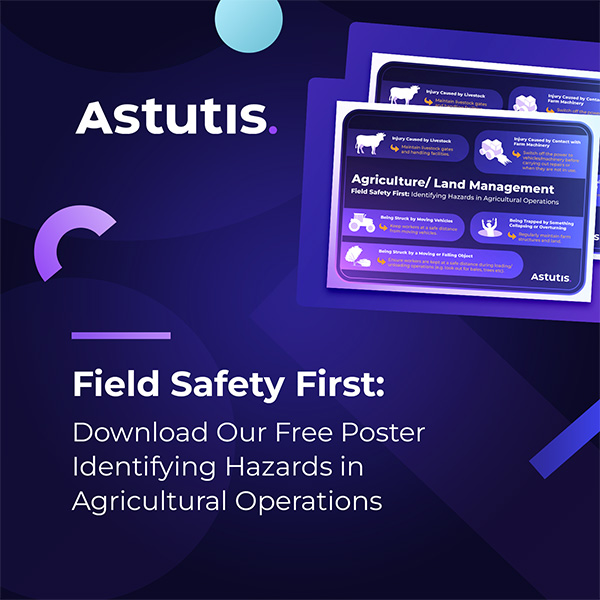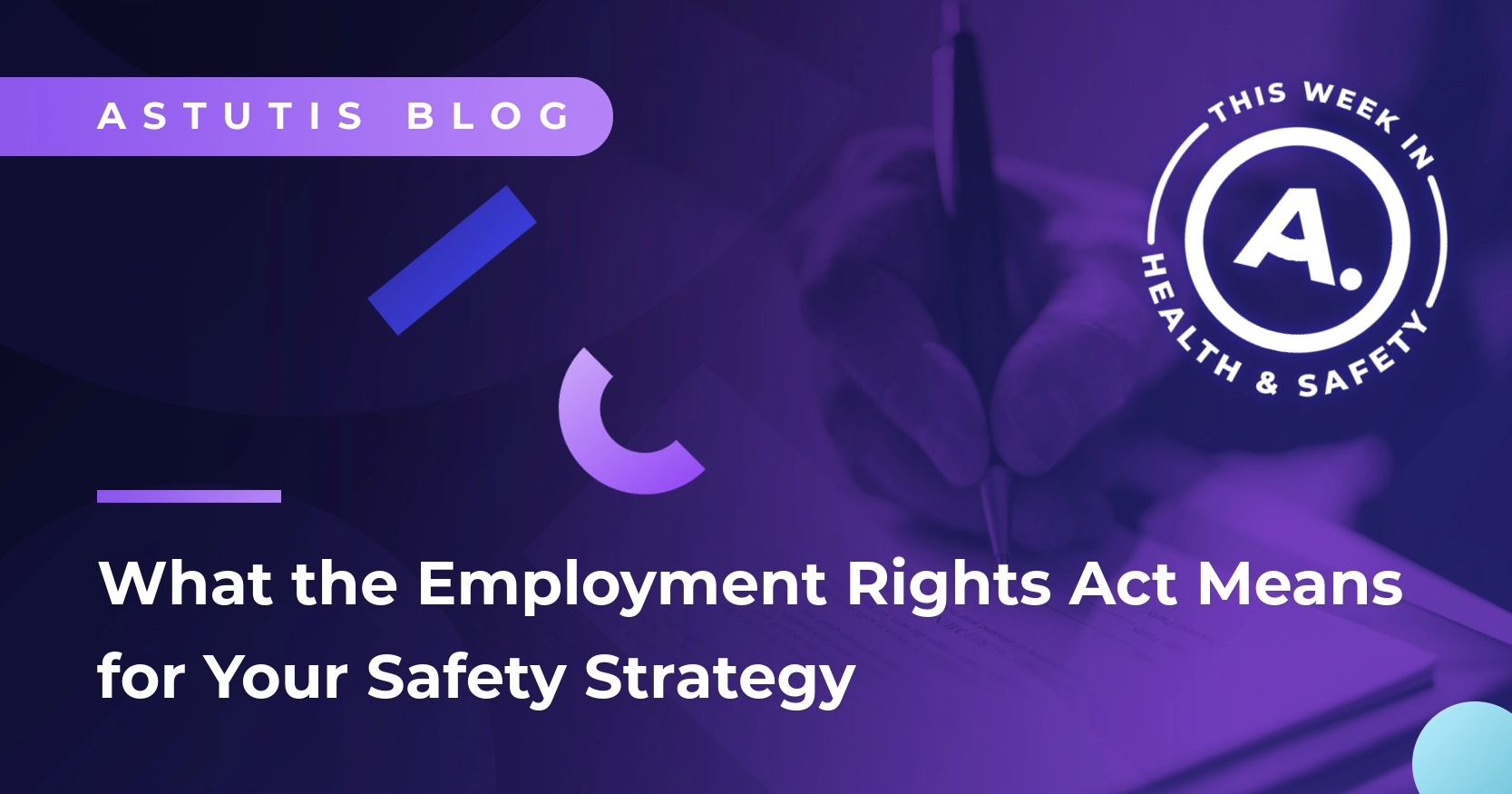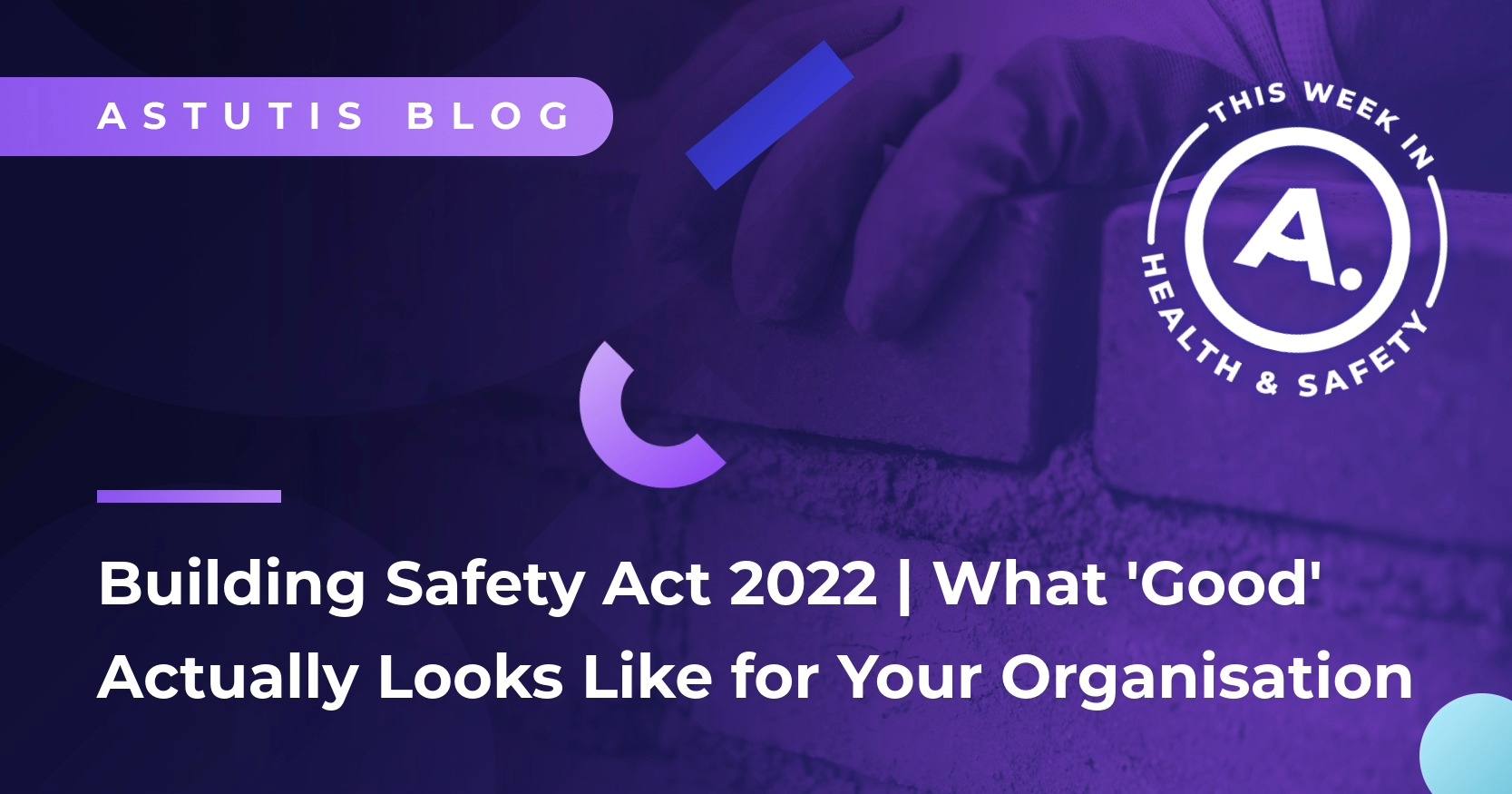RIDDOR for Agriculture: Reporting Requirements and Common Mistakes
Agriculture continues to be one of the most hazardous industries in the UK. The latest Health and Safety Executive (HSE) figures show that agriculture still has many fatal workplace injuries. This is true even with safety improvements.
This highlights ongoing risks in the sector that need continued attention. In 2024, the number of fatalities reached 23, marking a 21% increase from 2023. Agriculture accounts for 26% of all UK workplace deaths, even though it employs less than 1% of the workforce.
The HSE's most recent figures provide crucial insights into fatal workplace injuries across various sectors in Great Britain. Between April and December 2024, there were 87 worker fatalities, a slight decrease from 92 during the same period in 2023. However, while the overall decrease is encouraging, agriculture’s persistent high-risk status.
In this blog, we will break down RIDDOR’s reporting requirements, identify common pitfalls in compliance, and offer practical advice on how farmers can reduce the risk of reportable incidents. Understanding these guidelines is essential for legal compliance and fostering a safer farming environment that protects workers and livestock.
RIDDOR Explained for Farmers & Agricultural Workers
RIDDOR (Reporting of Injuries, Diseases, and Dangerous Occurrences Regulations) requires employers and self-employed individuals to report specific incidents, diseases, and dangerous occurrences at work. This includes injuries, diseases, and accidents that could risk health and safety.
In the agriculture sector, RIDDOR plays a crucial role in tracking risks common to farming environments. These include machinery accidents, injuries related to livestock, and exposure to hazardous substances like pesticides. Reporting these incidents helps address and mitigate these risks effectively.
Under RIDDOR, agricultural businesses must report:
- Fatal accidents: Any fatal injury resulting from workplace activities.
- Major injuries: Injuries that require hospitalisation or serious medical attention (e.g., amputations, head injuries).
- Over-seven-day injuries: Any injury that prevents a worker from returning to work for more than seven days.
- Dangerous occurrences: Specific incidents that could have led to serious injury but did not. This includes machinery failures or near-misses.
- Work-related diseases: Conditions such as respiratory illnesses caused by exposure to chemicals, dust, or other hazardous substances common in agriculture.
Adhering to these reporting requirements, farmers and agricultural businesses ensure that incidents are documented. Then, appropriate measures can be taken to prevent further accidents.
Common Reported Incidents in Agriculture
The agricultural industry faces a variety of safety risks, many of which require prompt reporting under RIDDOR regulations. Below are some of the most common reportable incidents in agriculture.
Machinery Accidents
Agricultural machinery plays a vital role in day-to-day operations but also poses significant risks. According to the HSE, heavy machinery accidents, such as those involving tractors, combines, and harvesters, have accounted for approximately 30% of fatalities in agriculture. This is reflected in the most recent report, which saw a 21% increase in agriculture-related fatalities in 2024. Machinery accidents remain one of the leading causes of severe injury and death in the sector.
A lack of proper training, maintenance, or safety procedures can result in catastrophic accidents. It’s critical for farmers to implement regular maintenance schedules, provide farm safety training, and ensure that all workers are aware of the hazards associated with operating machinery.
Livestock-Related Injuries
Another significant risk in agriculture is livestock-related injuries. In fact, over 20% of agricultural fatalities result from interactions with animals, particularly cattle. This statistic underscores the importance of proper animal handling techniques and safety protocols. Whether it involves cows, sheep, or horses, livestock can be unpredictable, and working with them without proper training or protective equipment can lead to serious injuries.
As the HSE notes, proper handling techniques, protective barriers, and safety equipment are essential for reducing risks when working with livestock. These measures can help prevent fatalities and injuries associated with animal handling.
Exposure to Hazardous Substances
The use of pesticides, chemicals, and exposure to organic dusts are all common hazards on farms. These substances can cause long-term health issues, including respiratory diseases and cancers. According to the HSE, an estimated 12,000 agricultural workers yearly are affected by work-related lung diseases. These health conditions are often linked to exposure to hazardous substances, which are common in farming environments.
For farmers, it is essential to ensure proper safety measures are in place when working with chemicals, including providing personal protective equipment (PPE), ensuring workers are trained in safe handling practices, and maintaining ventilation systems to reduce exposure.
The Self-Employed & RIDDOR: What Farmers Need to Know
Many agricultural workers are self-employed or work in small businesses. While these workers have the same RIDDOR reporting obligations as employees, the lack of formal oversight and safety resources can make compliance more challenging.
Self-employed individuals in agriculture must report:
- Fatal accidents that occur on their farms.
- Major injuries that result from farming activities.
- Dangerous occurrences or near-misses involving equipment, machinery, or livestock.
- Over-seven-day injuries, which prevent the worker from returning to work for more than seven days.
Self-employed farmers must take responsibility for their health and safety, ensuring that they have the necessary resources and protocols in place to meet RIDDOR requirements. This can be challenging for those who work alone or don’t have access to the same safety training and equipment that larger employers may offer.
How to Reduce Reportable Incidents on Farms
Reducing the likelihood of reportable incidents is crucial for both safety and compliance. Below are some practical steps agricultural businesses can take to reduce accidents and improve safety:
Training
Training is one of the most effective ways to reduce accidents and improve overall safety on the farm. Farmers should provide regular health and safety training in areas such as:
- Safe machinery operation.
- Proper livestock handling techniques.
- The safe use of hazardous substances.
- Emergency procedures and first aid.
Ongoing training ensures that workers fully understand their responsibilities and are equipped to deal with risks safely and respond appropriately in an emergency.
Equipment Safety
Maintaining farm equipment and machinery is essential for preventing accidents. Machinery should undergo regular safety checks, and farmers should implement a maintenance schedule to ensure that equipment remains in good working order. Additionally, providing workers with appropriate personal protective equipment (PPE), such as helmets, gloves, and high-visibility clothing, can further minimise machinery-related risks.
Emergency Planning
Having an emergency plan in place can save lives in the event of an accident. This plan should include:
- Clear reporting procedures for incidents.
- Emergency contacts for medical and emergency services.
- First-aid kits and designated first-aiders on-site.
- Evacuation routes and procedures.
An emergency plan ensures that workers know what to do in the event of an accident, which can reduce response time and prevent further harm.
Building a Safer Farming Environment
Agriculture remains a high-risk industry, but understanding and complying with RIDDOR regulations can help reduce the number of workplace fatalities and injuries. The recent HSE report highlights the urgent need for improved farm safety in the sector, with agriculture continuing to account for a significant percentage of UK workplace fatalities.
By implementing stronger safety measures, improving training, maintaining equipment, and ensuring compliance with RIDDOR guidelines, farmers can create a safer working environment for everyone.
If you're looking for more comprehensive training, Astutis offers a range of health and safety courses tailored specifically to high-risk sectors like agriculture. These courses, including NEBOSH and IOSH certifications, are designed to help agricultural businesses improve their safety culture and reduce the risk of incidents.
Alternatively, we also offer a free downloadable RIDDOR template below for agricultural businesses, helping them streamline the reporting process and ensure compliance.

Real Life Stories











